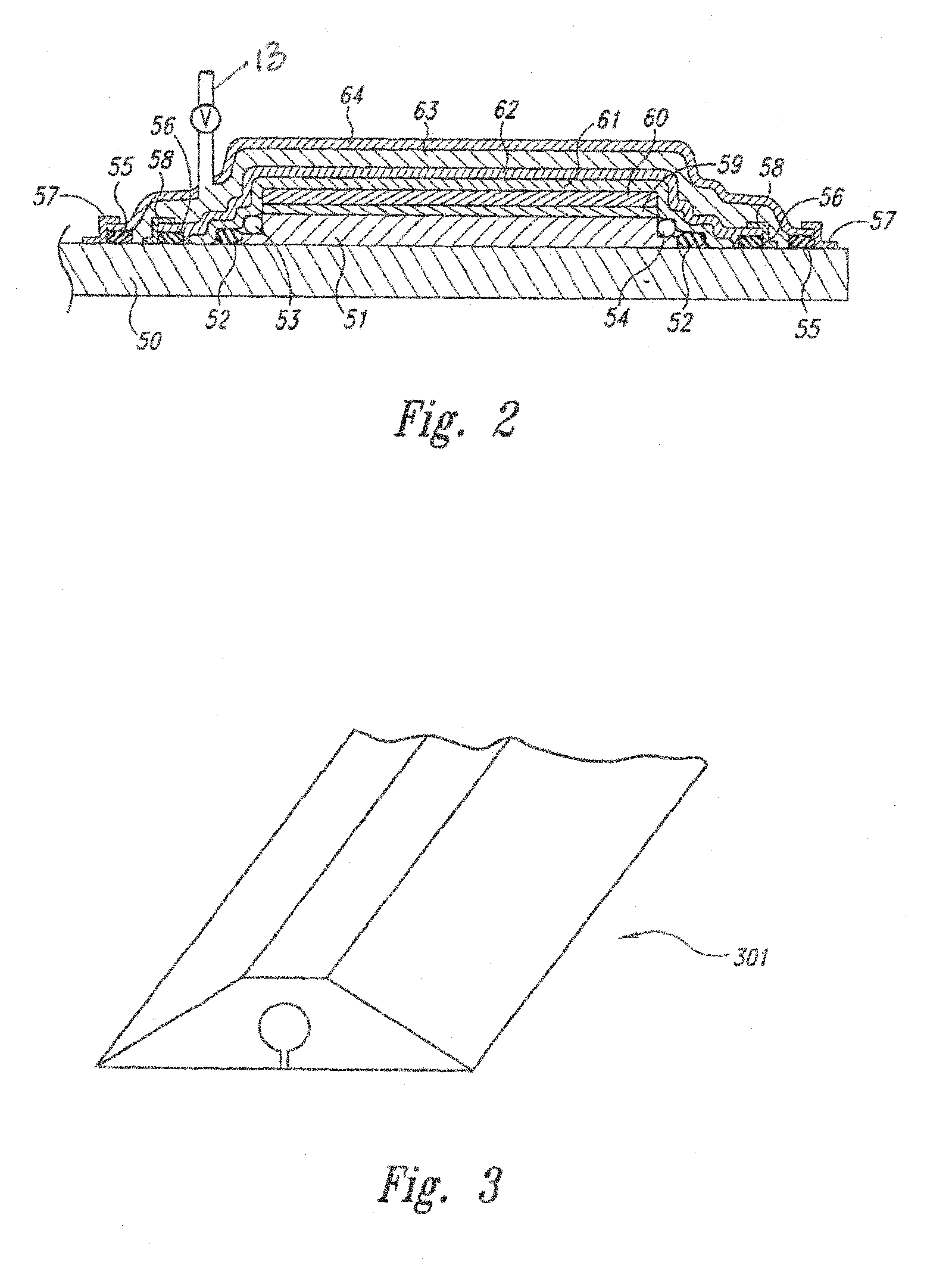Double bag vacuum infusion process and system for low cost, advanced composite fabrication
a vacuum infusion and composite fabrication technology, applied in the field of composite manufacturing methods, can solve the problems of air trapped behind the wave front, difficult to establish an end point for infusion, and defects or voids in the void or void of infused parts, etc., to achieve excellent thickness control, low void contents, and minimal surface porosity
- Summary
- Abstract
- Description
- Claims
- Application Information
AI Technical Summary
Benefits of technology
Problems solved by technology
Method used
Image
Examples
Embodiment Construction
[0058]Our liquid molding process and system produces excellent quality composite structures at low cost. Simple tooling, minimal capital requirements, batch processing capability, high yields, complex molding capability, and other processing features make it an extremely economical method for composite fabrication. In addition to the process's affordability, it dovetails beautifully with other advanced composite technologies, such as stitching, Z-pinning, electron beam curing, 3-D weaves, and low temperature curing. The preferred process is especially suited for making large structures. Such structures have 150-200 square foot area or more, such as a wing box, a bus body, or a boat hull. The process is also particularly suited for making large structures having very complex stiffened assemblies (common to aerospace to maximize the strength-to-weight ratio), and other unique products that are difficult, if not impossible, to make using known composite processing technologies.
[0059]Th...
PUM
| Property | Measurement | Unit |
|---|---|---|
| temperatures | aaaaa | aaaaa |
| elongation | aaaaa | aaaaa |
| area | aaaaa | aaaaa |
Abstract
Description
Claims
Application Information
 Login to View More
Login to View More - R&D
- Intellectual Property
- Life Sciences
- Materials
- Tech Scout
- Unparalleled Data Quality
- Higher Quality Content
- 60% Fewer Hallucinations
Browse by: Latest US Patents, China's latest patents, Technical Efficacy Thesaurus, Application Domain, Technology Topic, Popular Technical Reports.
© 2025 PatSnap. All rights reserved.Legal|Privacy policy|Modern Slavery Act Transparency Statement|Sitemap|About US| Contact US: help@patsnap.com



